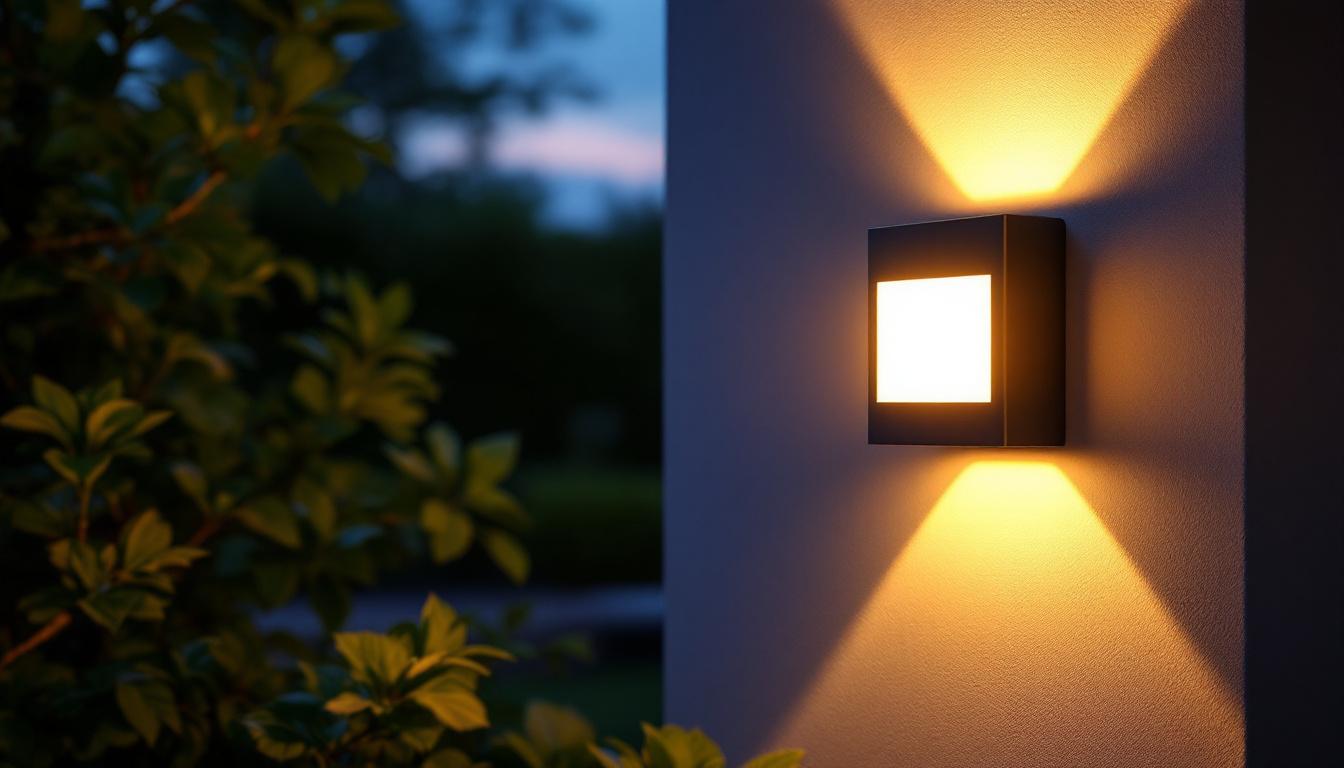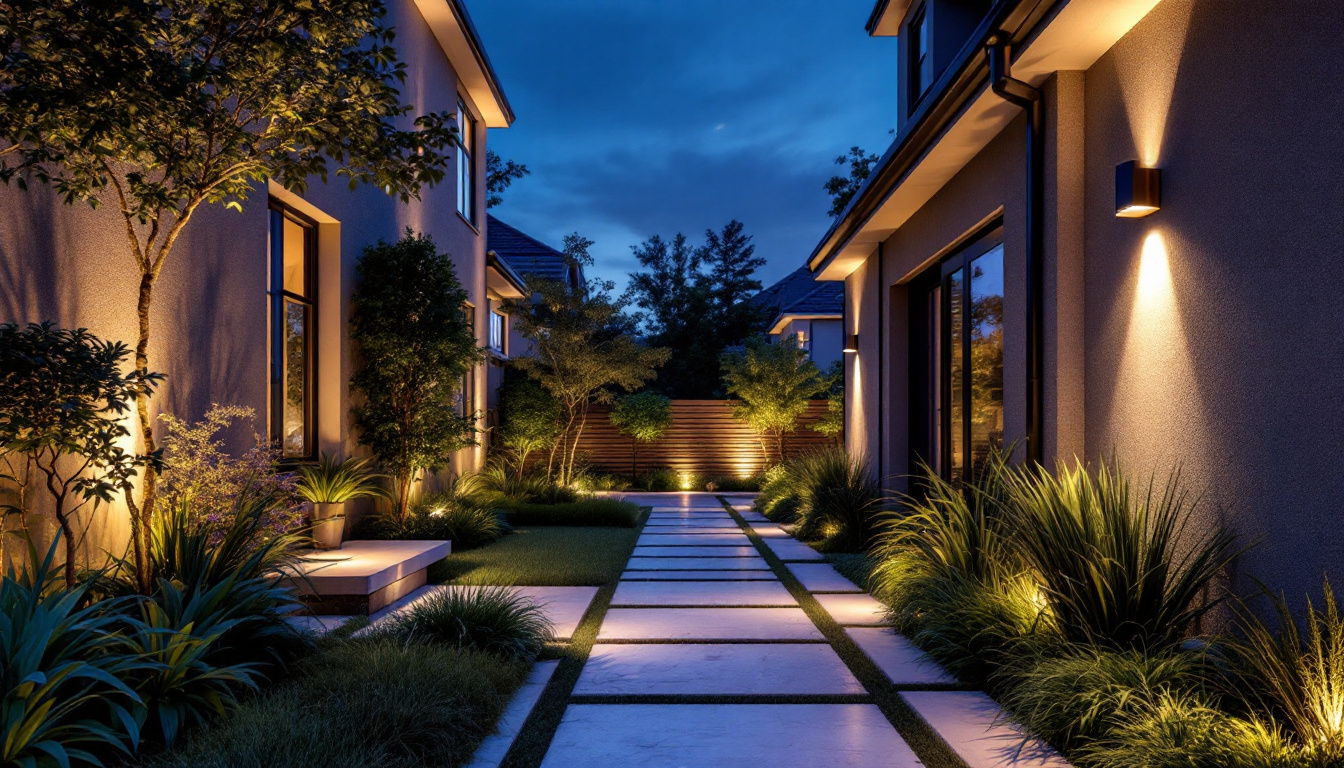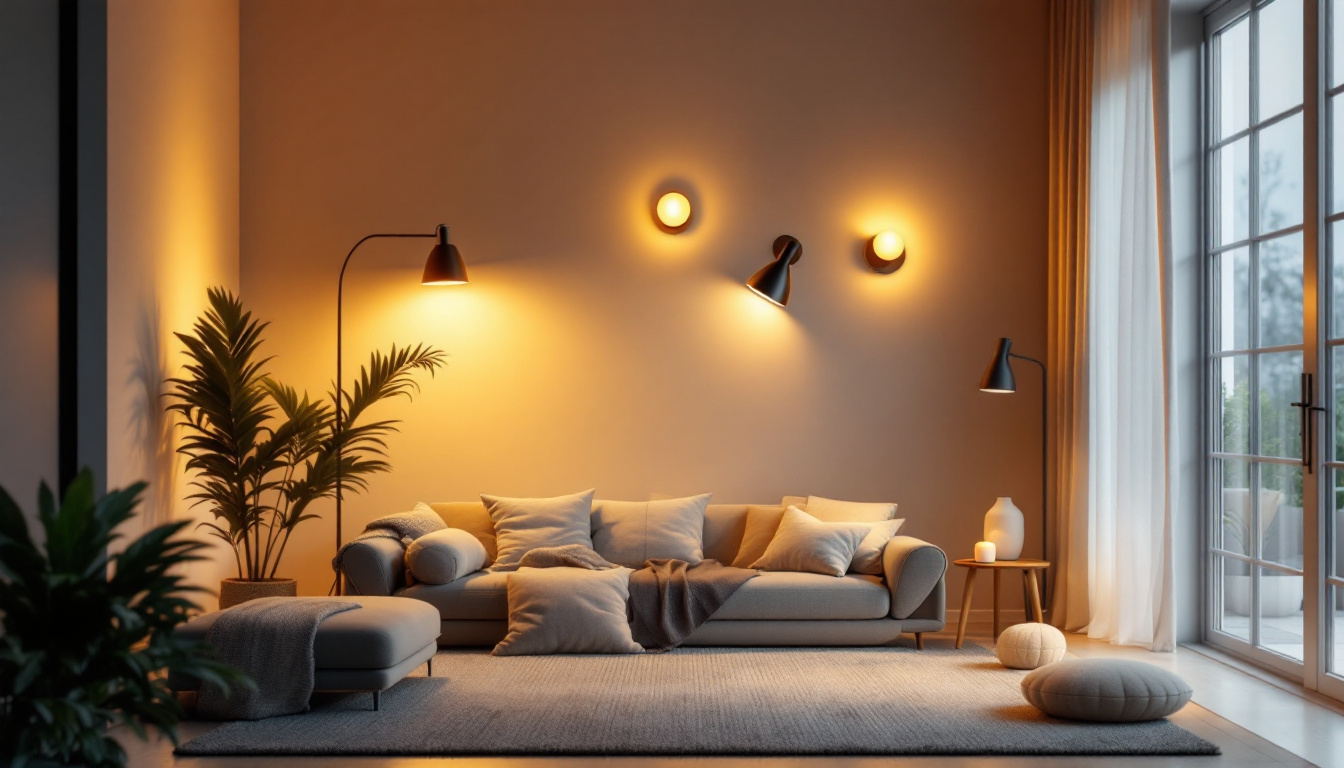
As the demand for sustainable and energy-efficient lighting solutions continues to grow, outdoor solar sconces have emerged as a popular choice for both residential and commercial properties. These fixtures not only enhance the aesthetic appeal of outdoor spaces but also contribute to reducing energy consumption. However, for lighting contractors, navigating the landscape of outdoor solar sconces requires careful consideration to avoid common pitfalls. This guide aims to provide valuable insights into selecting, installing, and maintaining solar sconces effectively.
Before delving into the practical aspects of solar sconces, it is essential to understand the underlying technology. Solar sconces utilize photovoltaic cells to convert sunlight into electricity, which powers LED lights. This technology allows for energy independence and can significantly reduce electricity costs. Moreover, solar energy is a renewable resource, making it an environmentally friendly option that contributes to reducing carbon footprints. As the world increasingly shifts towards sustainable energy solutions, solar technology stands out as a viable alternative to traditional energy sources.
Solar sconces typically consist of several key components: the solar panel, battery, LED light, and the fixture itself. The solar panel collects sunlight during the day, converting it into electrical energy. This energy is stored in a rechargeable battery, which powers the LED light at night. Understanding these components is crucial for evaluating the performance and longevity of a solar sconce. Additionally, many modern solar sconces come equipped with smart technology that can adjust brightness based on ambient light conditions, enhancing both functionality and energy efficiency. Some models even feature motion sensors, providing added security by illuminating pathways or entryways when movement is detected.
Several factors affect the efficiency of solar sconces, including the quality of the solar panel, the capacity of the battery, and the design of the fixture. High-quality solar panels can capture more sunlight, while larger batteries can store more energy for extended use. Additionally, the design of the fixture should allow for optimal sunlight exposure, ensuring that the solar panel receives adequate light throughout the day. Factors such as geographic location, seasonal changes, and weather conditions also play a significant role in the overall efficiency of solar sconces. For instance, areas with prolonged cloudy periods may require solar sconces with larger battery capacities to ensure they function effectively during less sunny days. Furthermore, advancements in solar technology, such as bifacial solar panels that capture sunlight from both sides, are continuously improving the efficiency and versatility of solar sconces, making them an increasingly attractive option for outdoor lighting solutions.
Selecting the appropriate solar sconce for a specific application involves more than just aesthetics. Contractors must consider various factors to ensure that the chosen fixture meets the client’s needs and performs effectively.
One of the most critical aspects of choosing a solar sconce is assessing its light output, usually measured in lumens. The required lumens will vary depending on the intended use of the space. For example, pathways may require lower lumens for ambiance, while security areas may need brighter lighting for safety. Understanding the specific requirements will guide the selection process. Additionally, it’s important to consider the color temperature of the light, as warmer tones can create a welcoming atmosphere, while cooler tones may be more suitable for functional spaces. By balancing both lumens and color temperature, contractors can create an inviting yet practical environment that meets the specific needs of their clients.
Outdoor lighting fixtures must withstand various weather conditions, including rain, snow, and extreme temperatures. When selecting solar sconces, it is essential to look for products that are rated for outdoor use and have a robust build quality. Materials such as aluminum or weather-resistant plastics can enhance durability and longevity. Furthermore, it is advisable to check for features such as UV resistance to prevent fading and corrosion over time. Some solar sconces also come with protective coatings that enhance their resilience against harsh environmental factors, ensuring that they maintain their aesthetic appeal and functionality for years to come. This attention to detail not only prolongs the lifespan of the fixtures but also reduces maintenance costs, making them a smart investment for any outdoor lighting project.
Proper installation is crucial for the performance of solar sconces. Even the best products can underperform if not installed correctly. Adhering to best practices can help ensure that the fixtures operate efficiently and effectively.
Placement of solar sconces plays a significant role in their performance. Ideally, they should be installed in locations that receive direct sunlight for most of the day. Areas shaded by trees, buildings, or other obstructions can significantly reduce the amount of energy the solar panel can collect. Conducting a site assessment before installation can help identify the best locations. Additionally, considering the seasonal changes in sunlight exposure is important; for instance, a location that is sunny in summer may become shaded in winter. Therefore, evaluating the site throughout the year can provide a more comprehensive understanding of the optimal placement.
The height at which solar sconces are mounted can also impact their effectiveness. Generally, sconces should be installed at a height that allows for optimal light distribution while minimizing glare. Additionally, orienting the solar panel towards the south (in the northern hemisphere) can maximize sunlight exposure, enhancing the overall performance of the fixture. It’s also beneficial to consider the angle of the solar panel; tilting it slightly can improve its ability to capture sunlight, especially during the early morning and late afternoon when the sun is lower in the sky. Furthermore, ensuring that the fixtures are securely mounted can prevent them from being knocked out of alignment by wind or other environmental factors, which could otherwise diminish their performance over time.
While solar sconces require less maintenance than traditional lighting fixtures, some upkeep is necessary to ensure their longevity and efficiency. Understanding common issues and how to address them can save contractors time and resources.
Dust, dirt, and debris can accumulate on solar panels, obstructing sunlight and reducing efficiency. Regular cleaning of the solar panel surface with a soft cloth can help maintain optimal performance. Additionally, checking for any obstructions, such as overhanging branches, can prevent shading issues.
Over time, the rechargeable batteries in solar sconces may lose their ability to hold a charge. Monitoring the performance of the lights can help identify when a battery replacement is necessary. Most solar sconces are designed for easy battery access, making replacements straightforward and cost-effective.
Even experienced contractors can encounter pitfalls when working with solar sconces. Being aware of these common mistakes can help prevent issues that may arise during installation or maintenance.
Before installing solar sconces, it is essential to familiarize oneself with local regulations and guidelines. Some areas may have specific requirements regarding the installation of outdoor lighting, including restrictions on brightness levels or placement. Ignoring these regulations can lead to fines or the need for costly adjustments.
Every client has unique needs and preferences. Failing to engage with clients to understand their specific requirements can lead to dissatisfaction with the final product. Taking the time to discuss the intended use of the space and any aesthetic preferences can result in a more successful installation and happier clients.
Beyond functionality, solar sconces can significantly enhance the visual appeal of outdoor spaces. Their design and placement can create ambiance and improve the overall atmosphere of an area.
Solar sconces come in a wide range of designs, from modern and sleek to traditional and ornate. This variety allows contractors to select fixtures that complement the existing architecture and landscape. By choosing the right design, contractors can create a cohesive look that enhances the property’s curb appeal.
Layering different types of lighting can create depth and interest in outdoor spaces. Combining solar sconces with other lighting sources, such as string lights or landscape lighting, can enhance the overall aesthetic. This approach not only improves visibility but also creates a warm and inviting atmosphere.
The solar lighting industry is continually evolving, with new technologies and innovations emerging regularly. Staying informed about these trends can help contractors provide the best solutions to their clients.
One of the most significant trends in solar lighting is the integration of smart technology. Many new solar sconces now come equipped with features such as motion sensors, timers, and smartphone connectivity. These advancements allow for greater control over lighting, enhancing both security and convenience.
Advancements in battery technology are also making solar sconces more efficient. Newer batteries offer longer life spans and faster charging times, allowing solar sconces to operate effectively even in less-than-ideal sunlight conditions. This improvement enhances the reliability of solar lighting solutions, making them more appealing to clients.
Outdoor solar sconces represent a valuable addition to any lighting contractor’s repertoire. By understanding the technology, selecting the right products, adhering to best installation practices, and avoiding common pitfalls, contractors can ensure successful projects that meet client needs and expectations. As the industry continues to evolve, staying informed about trends and innovations will further enhance the ability to provide effective and aesthetically pleasing lighting solutions.
Ready to elevate your lighting projects with the best in solar sconce technology? At LumenWholesale, we provide lighting contractors like you with the highest quality, spec-grade lighting products at prices that can’t be beaten. Say goodbye to local distributor markups and hello to our extensive selection that meets rigorous industry standards. With free shipping on bulk orders, you can trust that you’re getting premium lighting solutions at the best value, all with the convenience and affordability you deserve. Don’t compromise on quality or cost. Make your next project shine and explore our wholesale lighting options today.
Illuminate your outdoor space with expert advice on garden solar bulb lights.

Discover the latest trends in outdoor house lighting that every lighting contractor needs to know.

Unlock the essentials of residence supply lighting in just five minutes with this concise guide tailored for lighting contractors.

Discover the latest trends and expert advice from top lighting contractors across the USA.